The first month of the year is usually quiet and busy for gardeners. It’s freezing outside, everything is covered in snow, the holidays… but the gardeners are somehow restless. Something is missing. We are used to being in touch with our garden every day from morning to evening. But, and this is interesting, right now, in January, you can work in the garden without any hassle or rush. Something else to do! In this article we recall some of the most important points to remember as a gardener in January. What to do in the garden now? The answer can be found below.
What to do in the garden now? Especially now in January you can work in the garden without any hassle and haste.
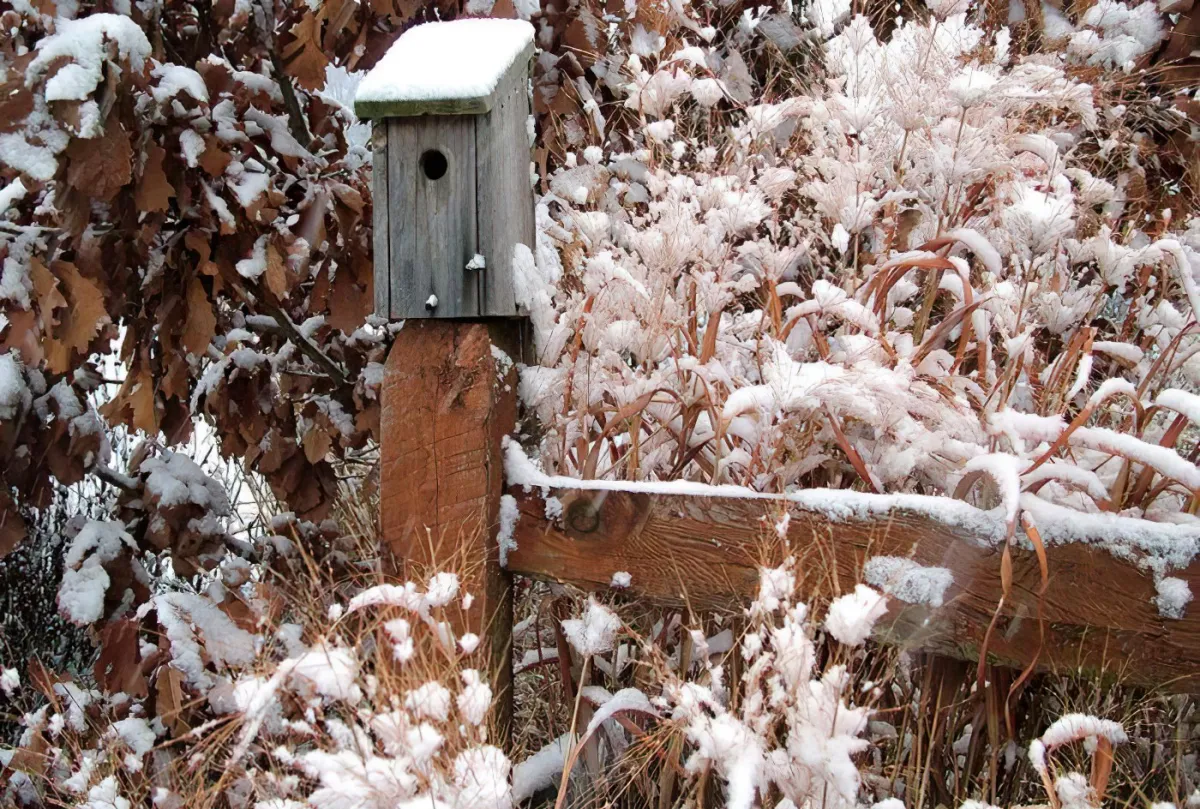
What to do in the garden now?
Walking through the garden with a notebook and pen
Let’s say January is snowy and cold in your area. So force yourself to go to the garden and take a walk in the fresh air every day. It’s good for your health and your garden. In a snow-covered garden, all lines and curves are clearly visible. You can clearly see what and where is misplaced, out of place or empty. Take a walk in the garden with a notebook and pencil, make notes for the future, don’t rely on your memory.
A good idea for future planting options is hard to come by but easy to forget. There are practical benefits to be gained from such a January walk: check if the plants are securely covered, is there anything that needs correcting, strengthening or adding? Inspect tree stumps and trunks, are they bare, is there enough snow? Or, conversely, if there is too much snow on the branches, it is not possible to move it carefully so that the branches do not break under its weight.
Take a walk in the garden with a notebook and pencil, make notes for the future, don’t rely on your memory.
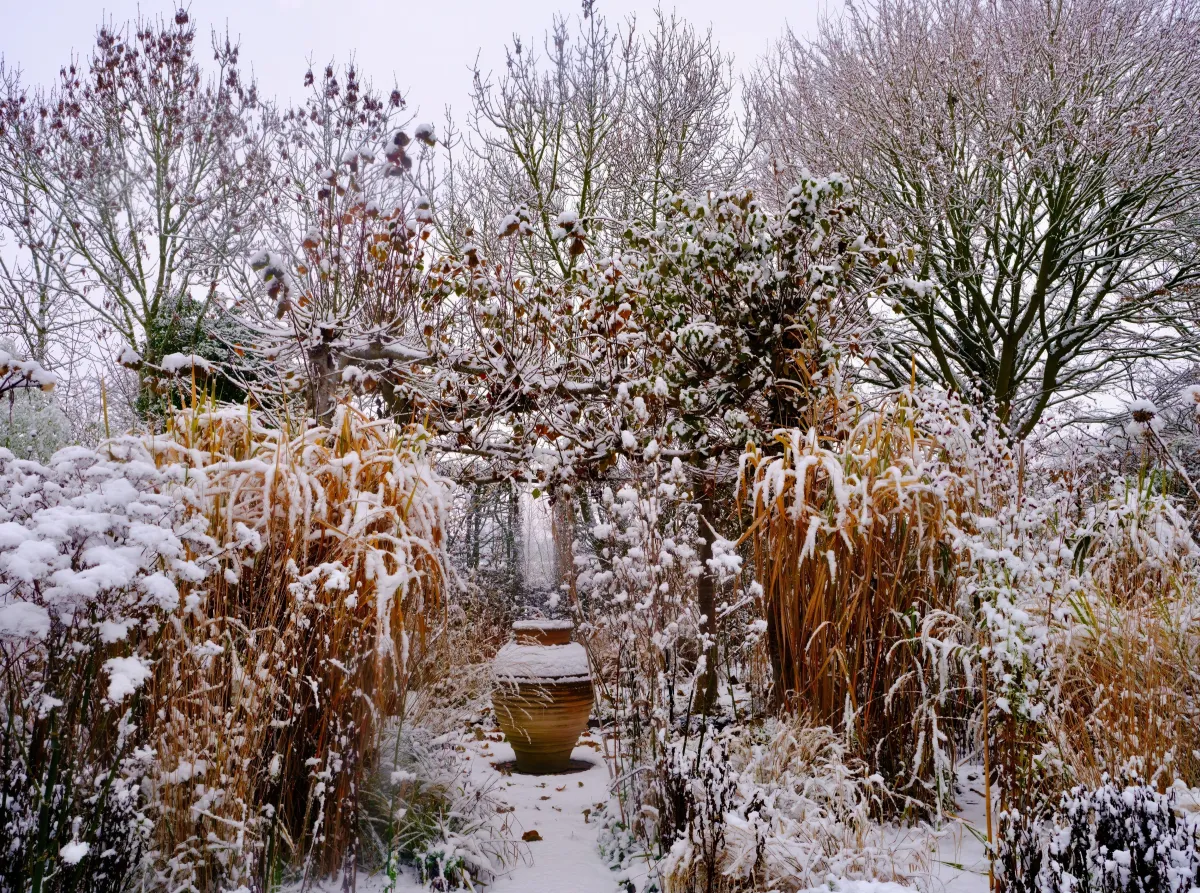
Tasks to be completed in the garden when there is no snow
What if there is no snow in your area? If there is no snow and frost, you should create as much insulation as possible for the plants – mulch them with a thick layer of plant debris.
One should think of some garden plants that have short periods of deep physical rest – apricots for example. It “sleeps” deep and well until the end of the year and then slows down only because of low temperatures.
In the event of a prolonged thaw in January, the buds may lose their protective function and awaken. Frost in the second half of winter destroys them.
If there is no snow and frost, you should insulate the plants as much as possible – mulch them with a thick layer of plant debris.
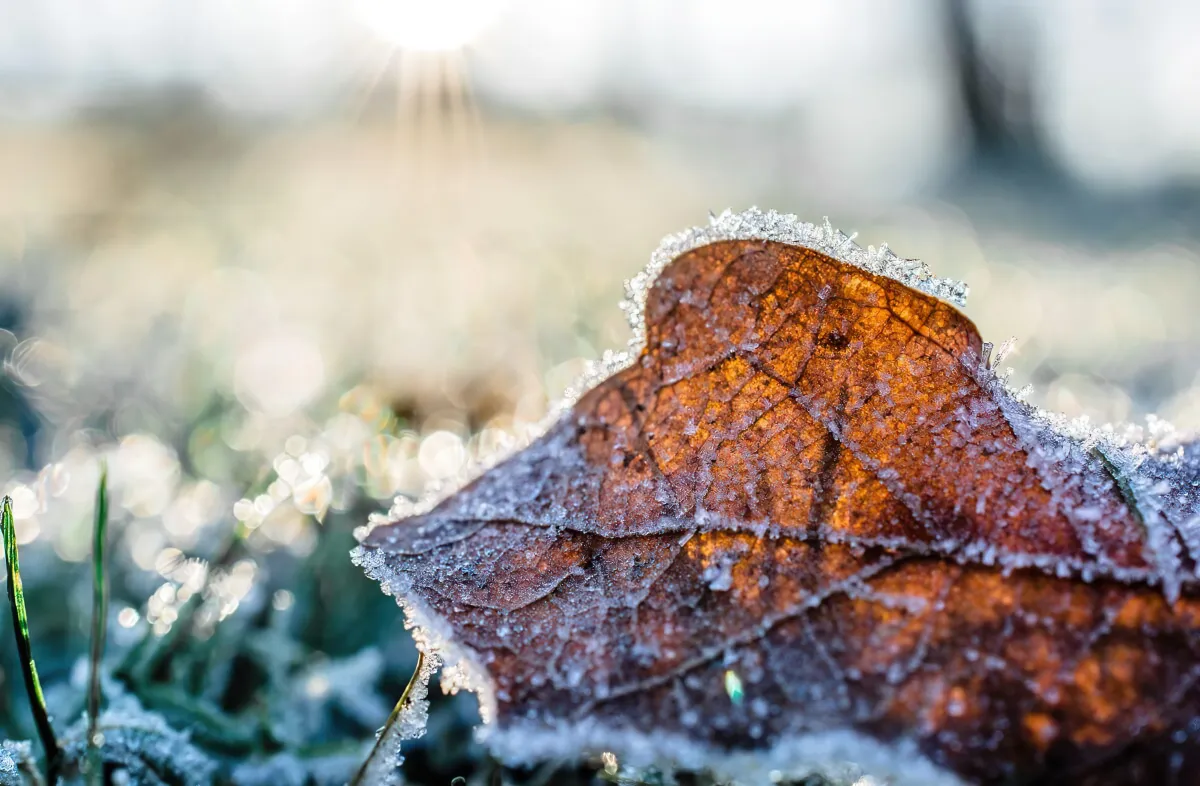
Here the gardener has no choice but to pray. But it is much more effective to grow zoned varieties and plants that are suitable for your region with all climate characteristics. And especially in January, it’s worth studying what grows readily in your area and what’s available at the garden market.
Thawing zones, when the temperature rises above freezing, have a significant advantage. You can do some of the laborious gardening work and save yourself time in the spring. For example, trim trees and shrubs.
During the January thaw, it is quite possible to prepare cuttings for spring grafting. Strong annual shoots from the middle of the crown are best for this. Do not immediately cut them into cuttings, but leave the branches intact if possible.
Thus, less valuable moisture evaporates. In principle, you can also buy planting materials from other gardeners in your area, but on the condition that the delivery is in a positive temperature. If snow or other precipitation is not expected, assess the extent of the problem and, if realistic (e.g., no broken water pipes), irrigate more.
What to do in the garden now? The most important tasks for your garden in January

Check the seeds for germination.
January is the best time to prepare for the new season, as sowing problems are not far away in February. Therefore, calmly and without haste, carefully choose vegetable and ornamental plant seeds, planting pots and soil mixtures in garden stores. When buying seeds, pay attention to the date of manufacture and expiration date. In January you can test the germination of seeds – both newly purchased and from old stock.
To do this, place a dozen seeds on a damp cloth, wrap them in a PE bag and keep them in a warm place. See what happens after a few weeks. Are they all messed up? Good! Half of them? This is also good, but you will have to sow more and thicker seeds in the spring. No buds? Rubbish! And find fresh, high-quality plants, which takes time.
January is the best time to prepare for the new season.

Sow in January
By the way, many people sow “properly” in January, and in large quantities. There are 3 reasons for sowing so early:
- Some plants have a long growing season. For example, milk carnation. It takes about 5 or 6 months from budding to flowering. If you want it to bloom in June, sow it in January.
- Some gardeners want to outdo their neighbors and decorate their property with annual plants that flower in early May. If you plant petunias in January, you will surprise your neighbors.
- Some people cannot live without fresh herbs in winter: celery, spinach, onions, watercress and others, some grow them for sale – demand is high in winter.
There are some good reasons for sowing early.
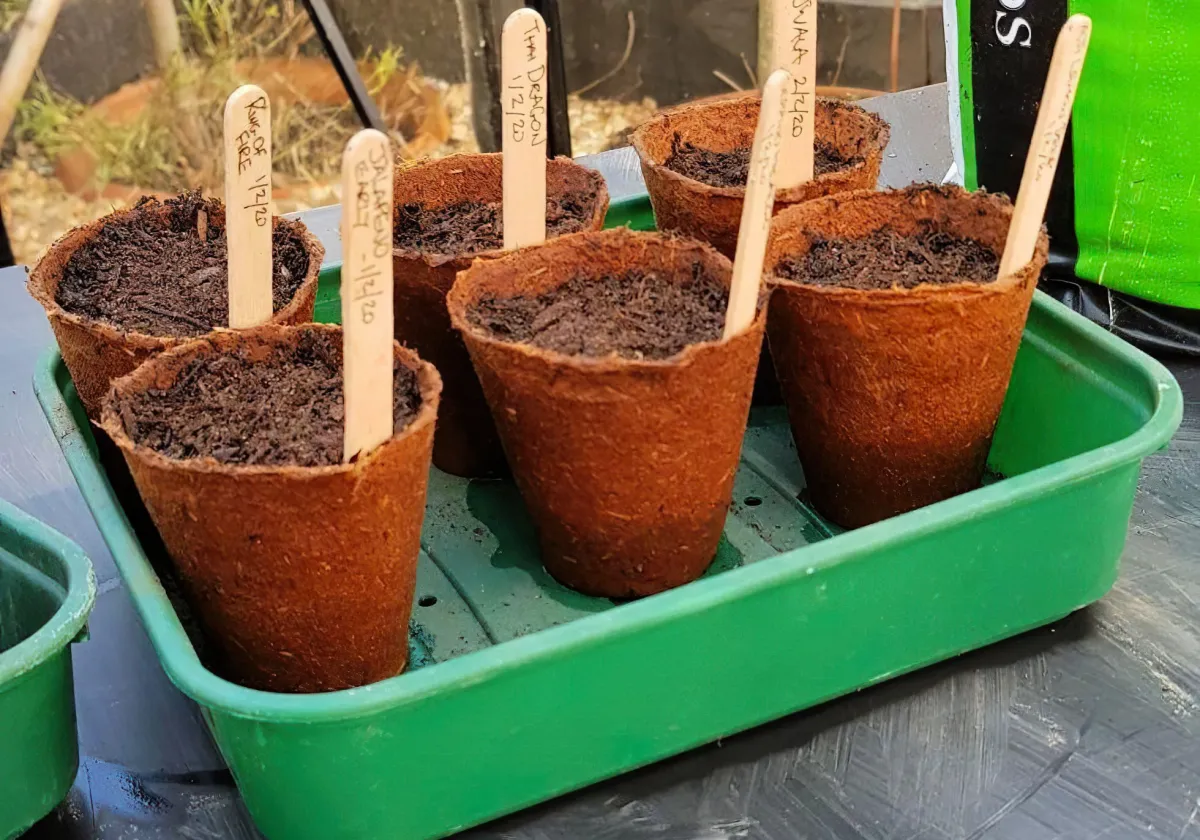
Of course, you should be aware that growing plants in January requires skill, space and technical investment (rack, lighting, heating). But the result will please you. If you feel you can’t cope, it’s worth postponing planting until February/March.
Because with such early cultivation it is very important and difficult to maintain the right balance between temperature, light, water and food.
Of course, you should be aware that growing plants in early January requires skill, space and technical investment.

Cutting and maintenance of container cultures in the basement
By the way, in January you can start growing some plants not from seeds but from root cuttings. This allows you to quickly and for free obtain large quantities of plants with all kinds of characteristics (unlike seed propagation).
With some plants you can do without ceremony (lucky birch, honeysuckle, lavender and rosemary), with others you have to try (spruce, thuja, juniper, yew).
By the way, in January you can start growing some plants not from seeds but from root cuttings.
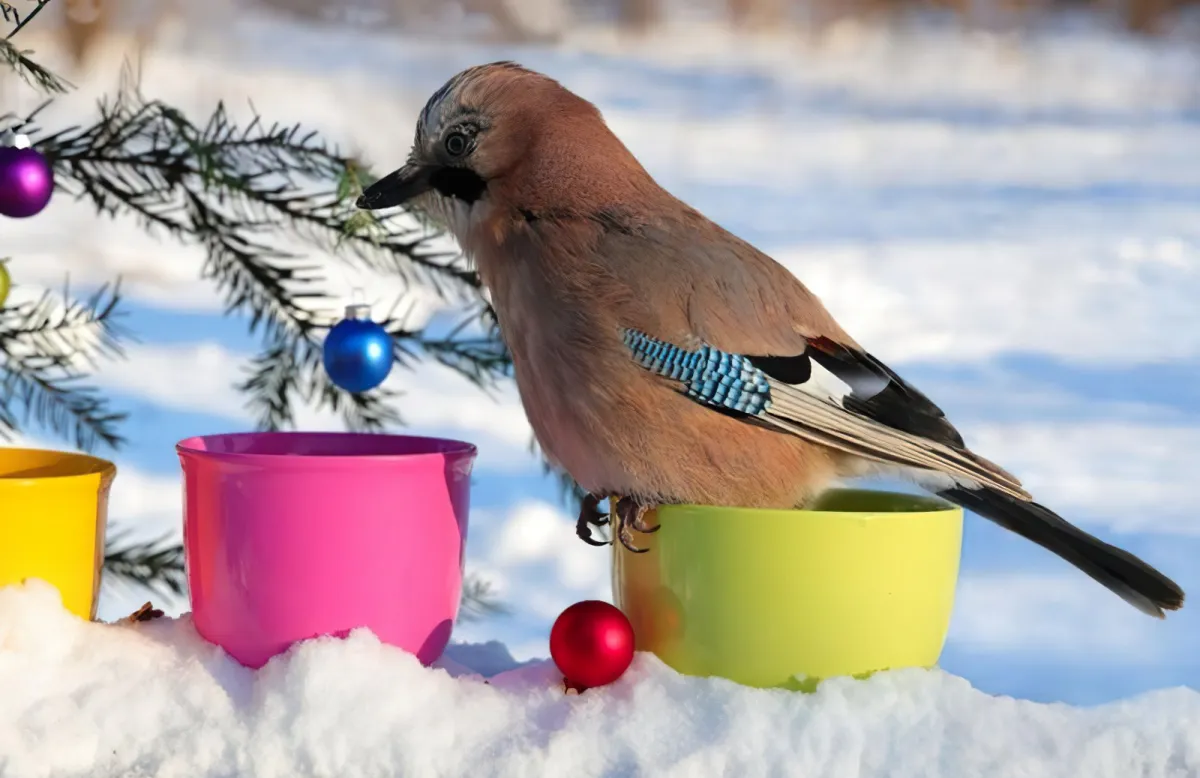
Remember that in your basement you can plant not only potatoes, carrots, jams and pickles, but also containers and other planting materials. Even if they wait until spring, they should not be neglected.
Remember that in your basement you can store not only potatoes and jams, but also plants in containers and other planting materials.
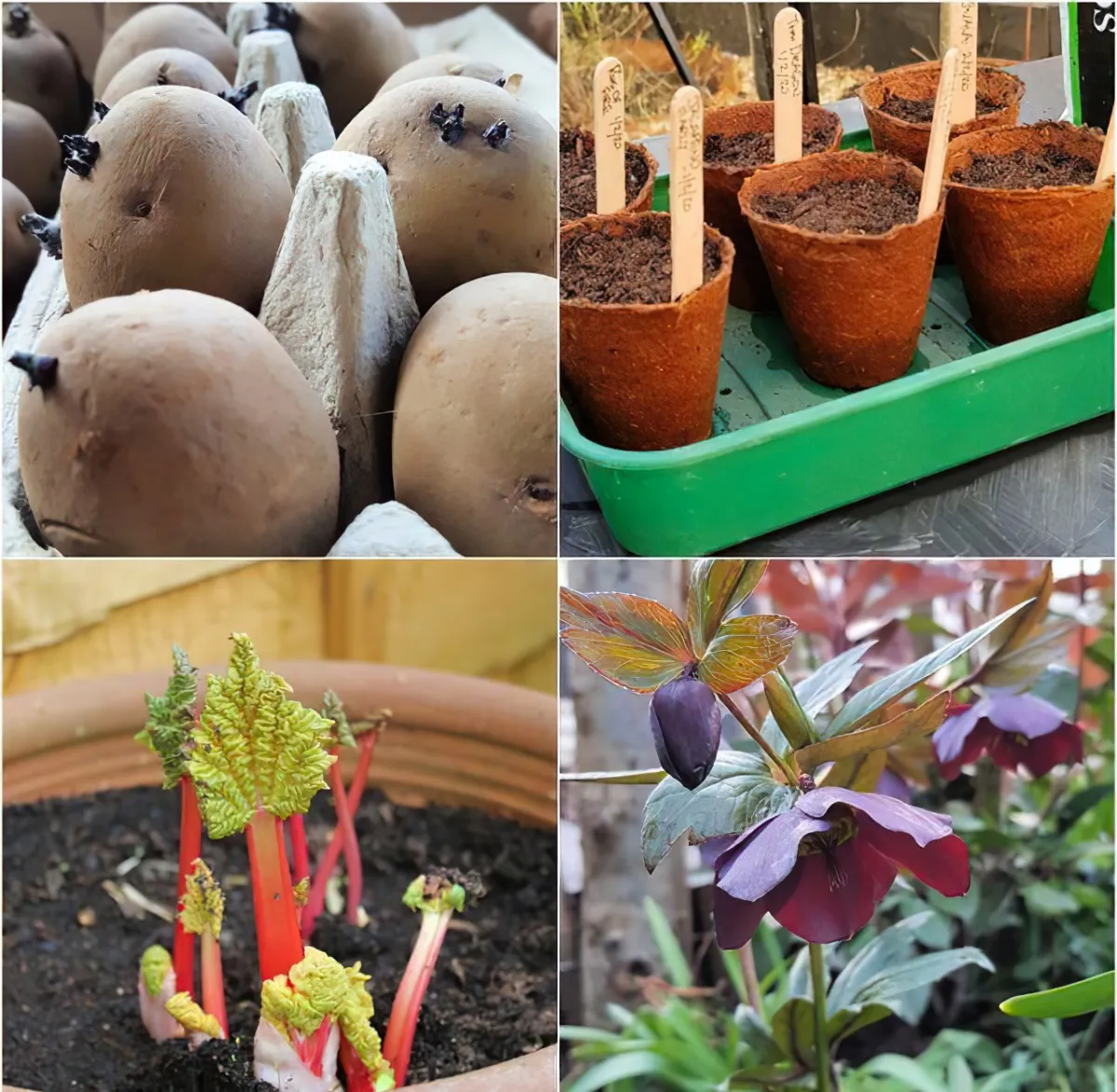
Seeds in containers should be watered occasionally rarely and sparingly. Without allowing the soil to dry out. Bulbs, tubers and roots should be inspected for drying and rotting. Rotten specimens are best discarded, while those that are slightly damaged should be cleaned and treated with a fungicide.
Yes, I almost forgot, because cuttings are sometimes kept in the basement for grafting and rooting. Same thing – check if necessary – dampen or wipe and treat for mold.
What to do in the garden now? We hope our to-do list helps you.


